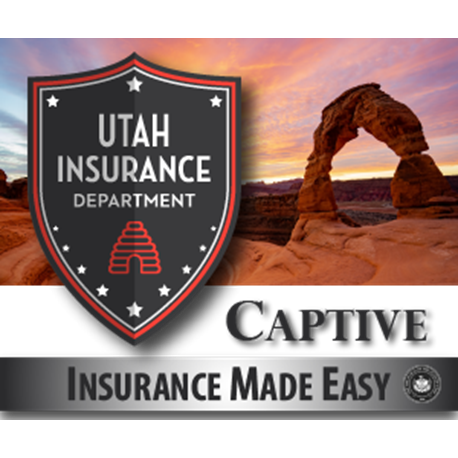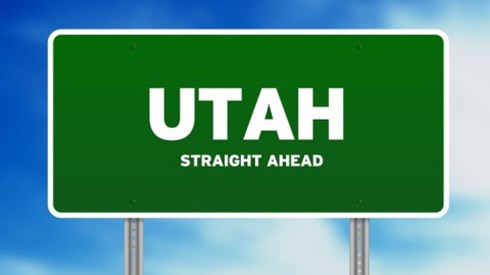While there are several reasons why Utah has, for many years, been a major captive domicile, a key factor has been the high quality and accessibility of the state's captive regulatory staff, captive managers and others say.
"There is a knowledgeable and helpful staff," said Richard Ence, chief financial officer of Thatcher Co. Inc. in Salt Lake City and a member of the Utah Captive Insurance Association's board of directors.
Brandy Alderson, senior account manager and vice president with Marsh Captive Solutions in Salt Lake City, said, "There is a very large and accessible staff. They will pick up the phone and get back to you very quickly."
Utah Captive Insurance Director Travis Wegkamp in Salt Lake City says being accessible is part of Utah's goal "as being a great state to do business."
Location also is a factor in the growth of Utah, which at the end of 2024 had 464 captives, including cell captives. A majority of captive parents are based in not-too-distant California, which lacks a captive statute.
Legislative updates to the state's captive statute, which was approved by state lawmakers in 2003, also have helped growth.
For example, legislation passed in early 2019 allows captives, if their parents so choose, to move into dormancy. By going into dormancy, captives are subject to much smaller capital and surplus requirements. For example, a single-parent captive would only have to maintain $25,000 in capital and surplus, a fraction of the $250,000 that is normally required under Utah's captive statute.
In addition, dormant captives are not required to submit an annual audit or hold an annual meeting in the state.
By moving into dormancy, "the pause button is pressed" so a parent does not have to liquidate the captive and then, when the need returns, can easily reactivate the captive, said Victoria Fimea, an attorney and a member of the Utah Captive Insurance Association's Board of Directors.
Another positive for captive sponsors: application forms and annual reporting forms can be filed online. "Virtually everything can be filed online," said Tempe Robins, director of operations and compliance for Strategic Risk Solutions in Scottsdale, Arizona.
Organizations have another benefit, a financially significant one, in setting up captives in Utah: unlike many other domiciles, Utah does not require captives to pay annual premium fees. Captives, though, are assessed an annual $7,250 licensing fee, plus an annual e-commerce fee of $250, for a total renewal fee of $7,500.
Capital and surplus requirements vary by captive type. For example, the minimum capital and surplus requirements are $250,000 for a single-parent captive; $500,000 for a sponsored captive, of which $200,000 must come from the sponsor/core;$700,000 for an industrial captive; and $750,000 for an association captive.
Future captive growth is promising, observers say. "Utah will continue to grow," said Ms. Robins, adding that Utah will continue to attract new captives, as well as captives from other domiciles.
"The future looks very strong. There is a stable and knowledgeable staff and a legislature that is willing to update the captive statute when necessary. That shows how Utah is positioning itself as a long-term captive domicile," said Ms. Fimea.
The Utah Captive Insurance Association teams up every year with the Missouri, Nevada, and Oklahoma captive associations to host the Western Region Captive Insurance Conference (WRCIC). The 2025 conference will be held May 19–21 at the Salt Lake Marriott Dowtown at City Creek in Salt Lake City, Utah.
For more information about the conference, contact the WRCIC at (775) 283–4237, or email at [email protected].



















